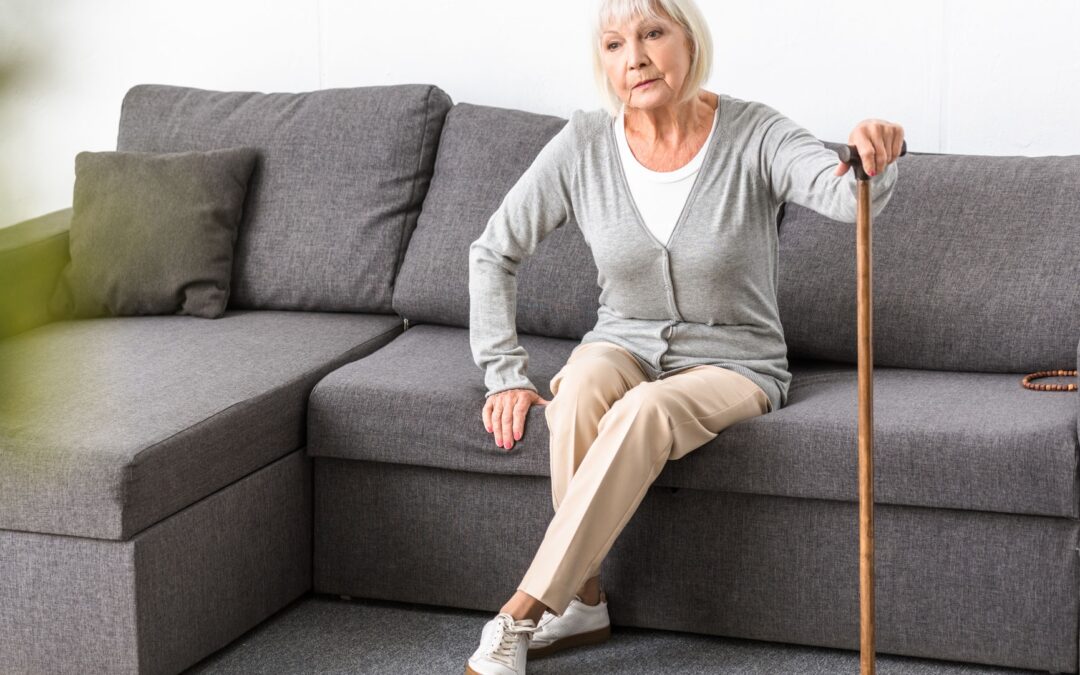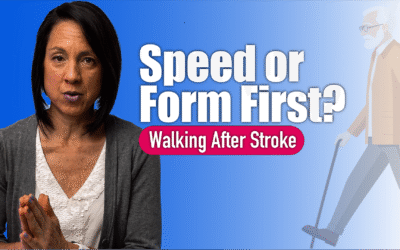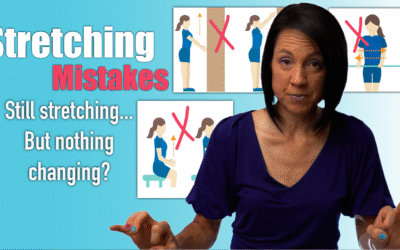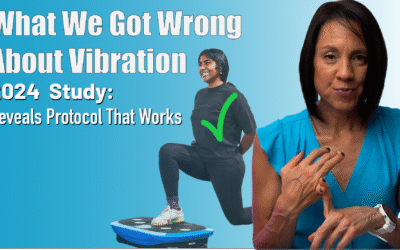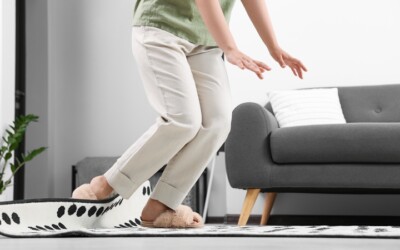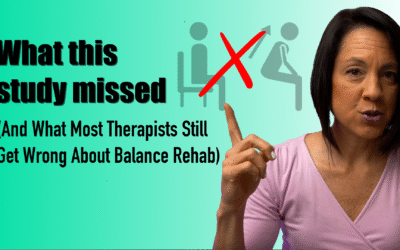Coping with depression and Parkinson’s disease can be difficult, but there are ways to help manage. There is no quick fix or exact science behind what will work for everyone, so it’s important to try different strategies until you find the right fit.
What is depression?
Before we get into some treatment strategies, it is important to differentiate depression from grief/sadness. It is completely normal to feel a little sad about receiving a diagnosis of PD. There is loss associated with this. Much like losing a family member, you have lost a piece of your life and/or your plans for your future. Grieving this is important. Grief and/or sadness in this context is temporary. This is different than depression. Depression is a mood disorder that causes you to feel constant sadness and loss of interest in life.
What causes depression in Parkinson’s disease?
Parkinson’s disease causes changes in the area of the brain that produce dopamine, serotonin, and norepinephrine. These are all neurotransmitters that regulate mood, energy, motivation, sleep, and appetite.
What are the signs of depression?
- Depressed mood
- Sleep disturbances (unable to sleep and/or sleeping to much)
- Loss of appetite
- Feeling of extreme weariness
- Difficulty concentrating
- Irritability
- Feeling of worthlessness
- Thoughts of death
- Loss of interest in pleasurable activities
Why is it important to treat depression?
The journal of psychiatry reports that depression was significantly related to illness severity and functional impairment. The Neurology journal published a study where they reported that depression is associated with increased disability and decreased quality of life.
What is the treatment for depression?
The best treatment for depression is a combination of medication AND psychotherapy.
Psychotherapy
Cognitive Behavioral Therapy (CBT) – CBT is a method of changing negative thought patterns and behaviors. With this type of therapy you can learn coping skills and strategies to think more positively long term.
Talk Therapy – counseling sessions can provide a space for you to share your feelings, gain understanding around how you feel, and learn strategies to cope with negative feelings/emotions.
Medications
Certain anti-depressant medications can help treat depression in people with parkinsons disease.
Electroconvulsive Therapy
Electroconvulsive therapy (ECT) is a standard treatment option for people with severe depression that has failed all other treatment.
Other Articles you may be interested in:
Is Your Neuro Rehab Helping Your Recovery, or Making Things Worse?
The Real Impact of Neuro Rehab on Recovery https://youtu.be/YDgQc4p_atE Recovering after a stroke often involves long hours of rehabilitation. Neuro rehab programs are designed to retrain the brain and body, helping survivors regain independence. Understanding...
How Short Bursts of Exercise Boost Brain Healing
HIIT for Stroke Recovery Boost brain rewiring, improve movement, and speed recovery with short bursts of exercise. https://youtu.be/4SgXN2uRX8g If you’ve been on your stroke recovery journey for a while, you’ve probably heard the word neuroplasticity. Neuroplasticity...
Stretching Spastic Muscles: 8 Mistakes to Avoid
8 Common Stretching Mistakes in Stroke Recovery Why Your Stretching Might Be Making Spasticity Worse https://youtu.be/bBsM34HROYY If you’re dealing with spasticity after a neurologic injury, stretching might not be as straightforward as it seems. In fact, doing it the...
New Study: Vibration Plates Boost Balance After Stroke
It Just Vibrates… So Why Are Stroke Survivors Getting Better? The Truth Behind the Research https://youtu.be/GZgGsMjEgJQ When vibration plates first became popular, they reminded many of us of those old 1980s machines that promised to "shake" the fat away. Naturally,...
Walking “Tips” that Sabotage Post-Stroke Progress
Recovering from Stroke? Don’t Let These 7 Walking Mistakes Set You Back Better Walking Starts by Avoiding These Mistakes https://youtu.be/_nkjHLdOeLc Recovering your walking ability after a stroke is an incredible accomplishment. You’ve put in the work. Strengthening...
The Hidden Reason Your Walking Feels Off After Stroke Rehab
The Missing Link in Stroke Rehab: Why Strength Isn’t Enough How Plyometric Exercises Can Improve Your Post-Stroke Walking https://youtu.be/0xzcgTifCiM Recovering from a stroke is a journey that takes patience, effort, and persistence. Maybe you’ve been faithfully...
Struggling with Shoulder Pain After a Stroke? Here’s What Works
Why Does My Shoulder Hurt After a Stroke?Understanding the 6 Most Common Causes and What You Can Actually Do About Them Let’s be real — if you’re recovering from a stroke and your shoulder still hurts, it can feel really defeating. Especially if you’ve been doing “all...
Still Feeling Weak After Stroke? This Might Be Why
Doing the exercises… but still not getting stronger?You’re walking. You’re moving. Maybe even getting stronger.But everything still feels hard. Like walking across a room takes full concentration. Or standing up while talking feels like solving rocket science....
Stroke Recovery: Spasticity vs. Adaptive Shortening vs. Contracture
Stroke Recovery: Spasticity vs. Adaptive Shortening vs. Contracture Muscle tightness after stroke is common and can be the greatest barrier to restoring normal arm and leg movement. But not all tightness is the same. To treat it effectively, you need to understand...
Stages of Motor Learning Post Stroke
Why Everything Feels So Hard (and What That Actually Means for Your Recovery) If you have ever said: “Why is this so hard?” “I could do this yesterday—why not today?” “Why can’t I remember how to move?” You are not alone. If you’ve had a stroke and you're in rehab,...

